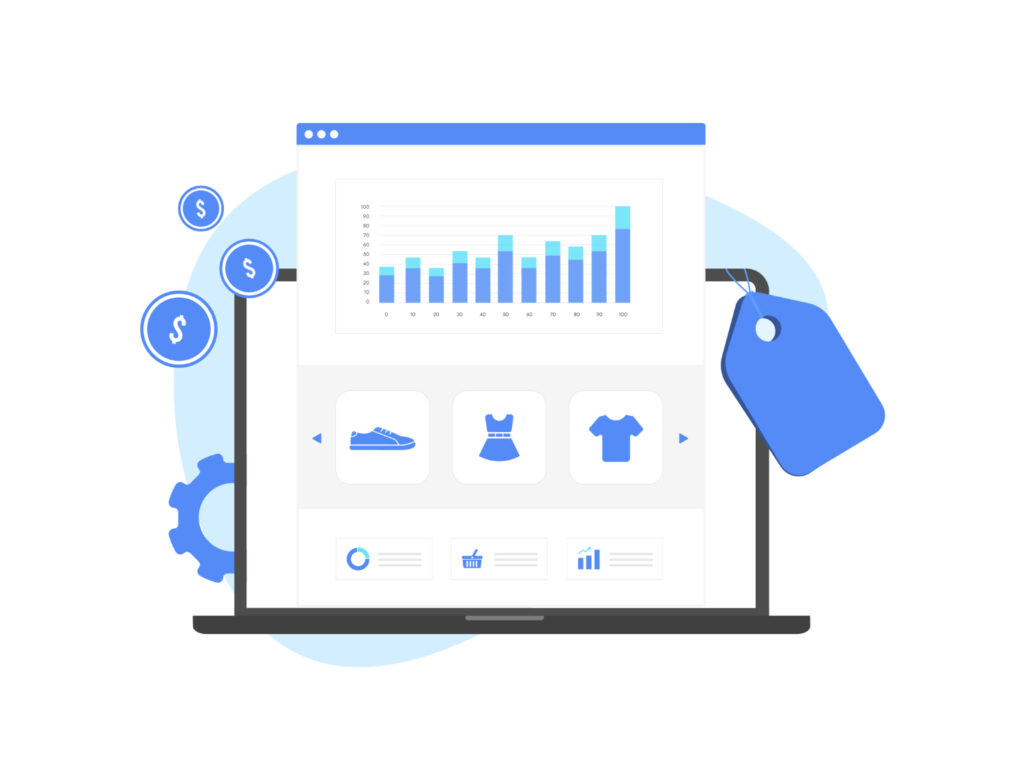Diving into the world of SEO, you’re bound to encounter the term ‘meta description’. It’s that short snippet appearing under your webpage title in search engine results. But how do you write one that’s effective and engaging?
This isn’t just about stuffing keywords. It’s about crafting a compelling summary that makes people want to click on your link. It’s your chance to sell your content to the online world.
Guide to Writing a Meta Description
Diving deeper into the topic, let’s touch on the how-to’s of crafting the perfect meta description. One that’s not only SEO-optimized, but also compelling and engaging for your audience.
First and foremost, focus on being relevant and useful. Too many websites still make the mistake of writing meta descriptions loaded with keywords, yet lacking any real substance. Remember, your aim is to provide a concise summary of your page’s content. Stay true to the context and maintain a clear connection between your page content and the meta description.
Never underestimate the power of a call-to-action (CTA). Inviting users to learn more, discover, or explore could be the final push motivating them to click on your link. Your CTA should be action-oriented and entice users to engage. Sounds simple enough, yet it’s often overlooked.
Keep it succinct. Search engines typically display the first 155-160 characters of a meta description. Going beyond this limit could lead to your message being cut off. Therefore, always make sure your description is short, sweet, and to the point.
The table below will give a visual representation of the points discussed above:
| Tips for writing meta descriptions | Description |
|---|---|
| Be relevant and useful | Provide a concise summary of your page’s content. |
| Include a call-to-action (CTA) | Motivate users to click, learn more, discover, or explore. |
| Keep it succinct | The first 155-160 characters of a meta description are typically displayed in search results. |
In the following sections of the article, you’ll find more in-depth examples and techniques tailored for specific industries and content types.
Importance of Meta Descriptions
Meta descriptions play a pivotal role in the digital world. They’re a staple of effective SEO and significantly increase click-through rates, making them highly important for your online presence.
Enhancing SEO with Meta Descriptions
Believe it or not, Google does not use the meta description for ranking purposes. However, that doesn’t mean they’re not crucial for your SEO efforts. In actuality, they’re a great opportunity to entice users to click on your link over your competitors. By crafting an interesting and catchy meta description, you’re leveraging the meta tag to act as a compelling sales pitch for your content.
Consider this: You’ve conducted thorough keyword research, optimized your content impeccably, but failed to pack a punch with your meta description. The result? Users might overlook your page, even if you’ve ranked high on the Search Engine Results Pages (SERPs). It’s not about stuffing keywords nonchalantly, but aligning the most relevant ones in a persuasive way within this 155-160 character space, that’ll make the user want to click your link.
Increasing Click-Through Rates
The importance of meta descriptions extends far beyond SEO. A well-written meta description can significantly increase your Click-Through Rate (CTR). When users scan the search results, the meta description serves as a sneak peek into what your content offers. It entices the user to click and explore further.
A poor or irrelevant meta description might cause users to skip over your content and go for a competitor’s instead. That’s why it’s vital to craft a meta description that’s both relevant and engaging. Prominently feature your main points, provide a tantalizing teaser of what they’ll get, and make sure to incorporate that compelling call-to-action.
Remember to abide by the character limits, making each word count. Always put yourself in the users’ shoes. What would make them want to click, read more, or even better make a purchase or book a service? Crafting your meta descriptions with this mindset can go a long way in increasing your CTR and ultimatley driving more traffic and potential conversions to your site.
Best Practices for Crafting Effective Meta Descriptions
In optimizing your meta descriptions, several key factors should guide your process. We’ll walk you through the best practices to make your meta descriptions shine.
Keeping it Concise and Relevant
Remember, you’re working with a limited space. Google typically displays the first 50–160 characters of a meta description. And that’s not a lot of real estate. So, each word counts. Be brief and direct. Hard-hitting punchlines, snappy sentences – these are your best bets. Writing a concise yet captivating meta description will help improve CTR and user engagement. Don’t forget, relevance is key! It’s critical to accurately represent the associated webpage content. Misleading or irrelevant meta descriptions might get initial clicks, but they’ll also create a negative user experience and potentially increase your site’s bounce rate.
Including Target Keywords
Inclusion of the target keyword is a vital practice. Your meta descriptions ought to reinforce your page’s keyword strategy. Will Google rank your page higher if you include the target keyword in your meta description? Not exactly. But users will likely recognize the keyword in the snippet more easily, increasing the likelihood of a click. When a user’s search query matches part of the meta description, Google may also bold that text in the search results, drawing further attention to your page.
Adding a Call-to-Action
Don’t miss this opportunity to inspire your audience to act. A call-to-action (CTA) can significantly boost your click-through rates. A great CTA can answer the question, “What’s in it for me?” for your potential visitors succinctly and compellingly. Play around with verbs that encourage action like ‘learn’, ‘discover’, and ‘find out’. Make it clear what benefits users can get from clicking on your link. Whether it’s to ‘discover secret SEO hacks’, ‘learn more about effective digital marketing strategies’ or ‘find out what your competitors don’t want you to know’, a well-crafted CTA can enhance your meta descriptions and elevate your SEO progress.
Conclusion
Crafting a killer meta description isn’t rocket science, but it does require a thoughtful approach. Remember, keep it short, sweet, and packed with your target keywords. Make it relevant and engaging to draw in your audience. Don’t forget that compelling call-to-action to inspire users to click through. Steer clear of misleading content to avoid disappointing users and facing SEO setbacks. It’s all about creating a meta description that accurately represents your content and entices the user to explore further. You’ve got the knowledge, now it’s time to put it into action. Here’s to boosting your click-through rates and enhancing your SEO!
Frequently Asked Questions
What are meta descriptions?
Meta descriptions are short snippets of text that summarize a webpage’s content. They are typically displayed on search engine results pages (SERPs) under the webpage’s title.
Why are meta descriptions important?
Meta descriptions are essential because they influence click-through rates. By providing a valuable and engaging snippet, you can encourage users to click on your page, thus improving your SEO traffic.
What should a good meta description include?
A good meta description should be concise, relevant, include targeted keywords, and feature a compelling call-to-action, motivating users to click on the webpage.
What is a call-to-action in meta descriptions?
A call-to-action (CTA) in a meta description is a directive phrase such as “Learn more,” “Buy now,” etc., aiming to inspire the user to take action on the webpage.
What happens if my meta description is misleading or irrelevant?
Misleading or irrelevant meta descriptions can lead to a negative user experience, result in higher bounce rates, and potentially harm your website’s SEO performance.




